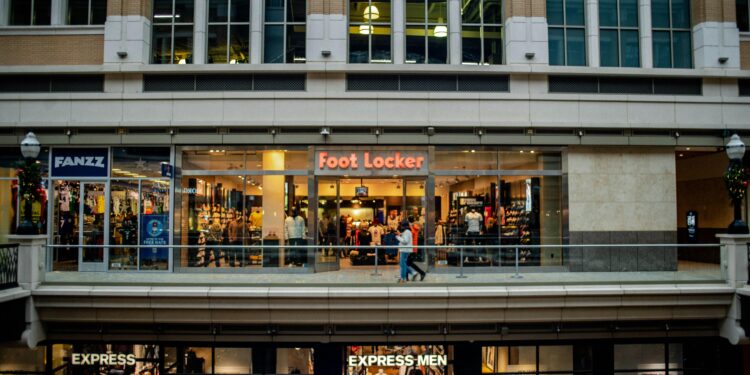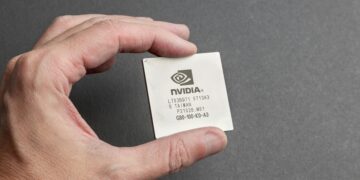CEO Mary Dillon’s Strategic Initiatives Start to Show Results
Foot Locker’s (FL) turnaround strategy under CEO Mary Dillon is beginning to show positive results, as indicated by the company’s better-than-expected performance in the fiscal first quarter. Despite a challenging retail environment, Foot Locker reported a 1.8% decline in comparable sales, which was significantly less than the 3.1% drop that analysts had anticipated.
The company’s overall revenue for the quarter was $1.88 billion, matching Wall Street’s expectations, though it represented a 3% decrease from the previous year’s $1.93 billion. Foot Locker’s adjusted earnings per share came in at 22 cents, surpassing analysts’ expectations of 12 cents.
Dillon, formerly of Ulta Beauty, has implemented several strategic changes aimed at revitalizing the brand and boosting sales. Key initiatives include the introduction of an enhanced FLX rewards program and the launch of a revamped mobile app designed to increase customer engagement and drive commerce. Additionally, Dillon has focused on strengthening relationships with brand partners, particularly Nike, which had previously reduced its product offerings to Foot Locker.
During the first quarter, Foot Locker’s average selling prices increased, indicating that consumers are willing to pay full price for desirable products. This trend suggests that the company’s focus on offering the right products is resonating with its customer base.
Despite these positive developments, the company still faces challenges. The Champs Sports banner continues to underperform, with a 13.4% drop in comparable sales and an overall revenue decline of nearly 19%. Moreover, Foot Locker has had to rely on promotions to drive sales, impacting profitability.
Looking ahead, Foot Locker has reaffirmed its fiscal year guidance, projecting sales to range from a 1% decline to a 1% gain, and adjusted earnings per share between $1.50 and $1.70, above analysts’ estimates. The company also expects comparable sales growth of 1% to 3%, outpacing the 1.5% growth forecasted by analysts.
Dillon’s efforts to revamp Foot Locker’s store formats and enhance its brand image are crucial to its ongoing recovery. The recent introduction of the “store of the future” model aims to create a more engaging and brand-centric shopping experience, which has been well-received by both consumers and brand partners.
As Foot Locker continues its turnaround journey, the company’s strategic initiatives and improved relationships with key brands like Nike will be essential in driving future growth and restoring investor confidence.
You might like this article:Investing in Cyclicals











